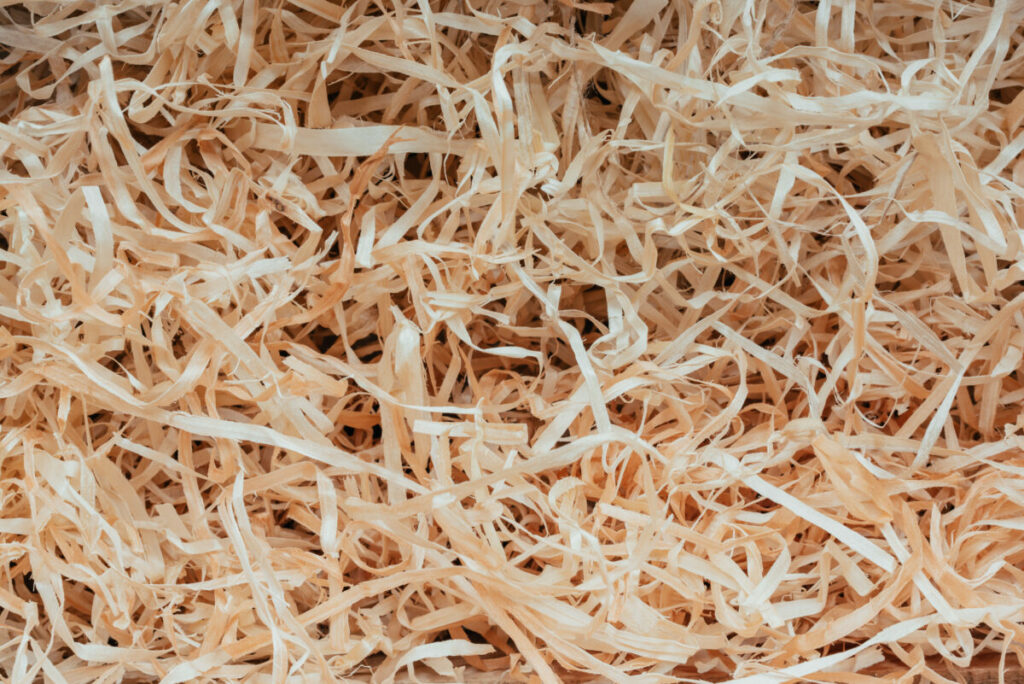Feather Your Nest: Discover the Best Bird Bedding Options for Your Avian Friends

Picture this: your feathery friend nestled comfortably in his cage, burrowed in an appropriate, comfortable nest. Bird bedding doesn’t always make top of the list when raising young avians, but it’s high time we shed the spotlight on this unnoticed element. Let’s delve into some intriguing choices that ensure your birds’ comfort and maintain sanitation while being safe and non-toxic.
Exploring Wholesome Bird Bedding Selections

Amidst the commercial products, you’ll find an assortment of bedding types. Despite many being marketed for both birds and small mammals, it’s essential to question their safety. Here are a few questions to keep in mind:
- Will the bird try eating the bedding material and could it be harmful in such case?
- Can it rapidly degrade if wet or soiled, turning into a potential hazard?
- Does it release any harmful vapors?
- Could it turn into a hotbed for bacteria, fungus, or mold?
If you find the response to any of the above unsettling or uncertain regarding a certain type of bird bedding, it’s best to look elsewhere.
Paper – A Tested Bedding Option

Let’s commence with the reliable choice – paper. Regular newsprint, or paper towels, serve as accessible and safe bedding. Infact, paper towels are incredible moisture absorbers, but could turn out to be quite heavy on the pocket in the long run, compared to often free-of-cost newspapers. For those concerned about safety, it’s advisable to steer clear of pages laden with excess color or printed on glossy paper.
Safe Bedding for Young Birds

Where bedding for fledgling birds is concerned, paper towels rise as the triumphant choice, given the potential hazard posed by other materials like pine shavings being ingested and causing problems.
Pine Shavings – An Alternative Bird Bedding

For many, the next in line in the safe category is pine shavings, popularly used for both avian and other small pet friends. What’s crucial here, however, is timely removal of soiled shavings to prevent a breeding ground for harmful organisms from forming.
Avoid Cedar As A Bedding Choice

While cedar shavings are often favored for dogs, they carry potential risks for birds and smaller mammals. Bursting with toxic substances, cedar shavings could trigger skin and digestive problems in your feathered friends. Always prioritize safety over convenience!
The Safety of Kitty Litter as Bird Bedding

Kitty litter, with its ideal absorption properties, may seem like a suitable choice, but the risk lies in the likelihood of ingestion. Many types of kitty litters expand upon getting wet, posing a risk if ingested by your pet birds.
The Great Controversy: Walnut Shells And Corn Cobs

In the realm of bird bedding, walnut shells and corn cobs have stirred quite a controversy. Despite being promoted as excellent bird bedding, the expansive and bacteria-fostering properties of these materials when moist make them potentially perilous.
In conclusion, while commercial products can offer convenience, it’s crucial to read the labels diligently, prioritizing the safety of your avian family members above all else.
See Related: Rampant Bird Poaching